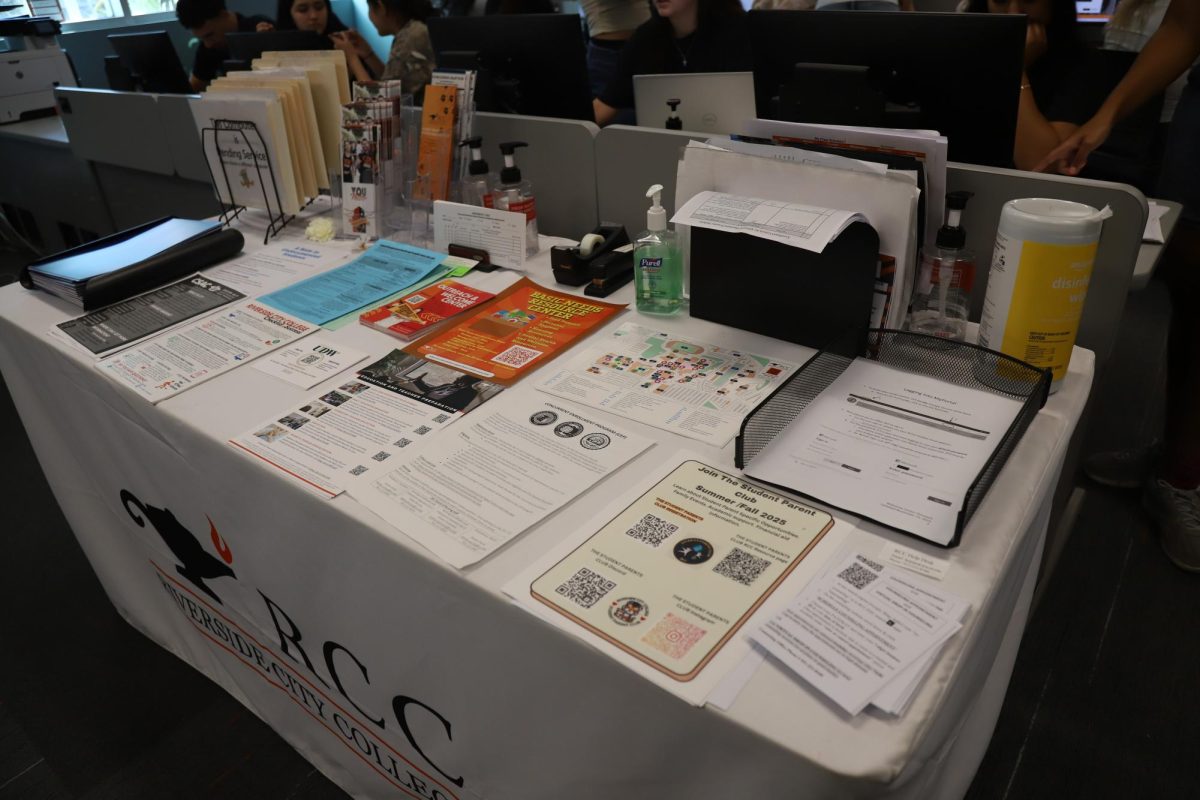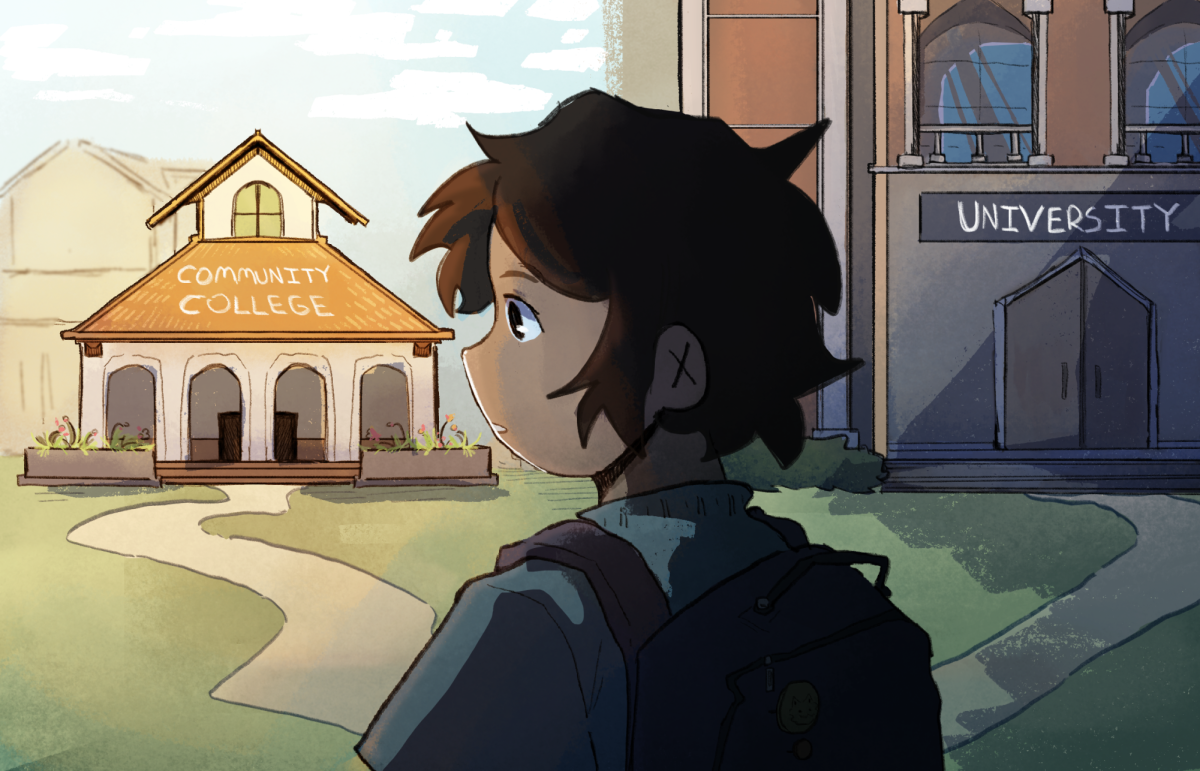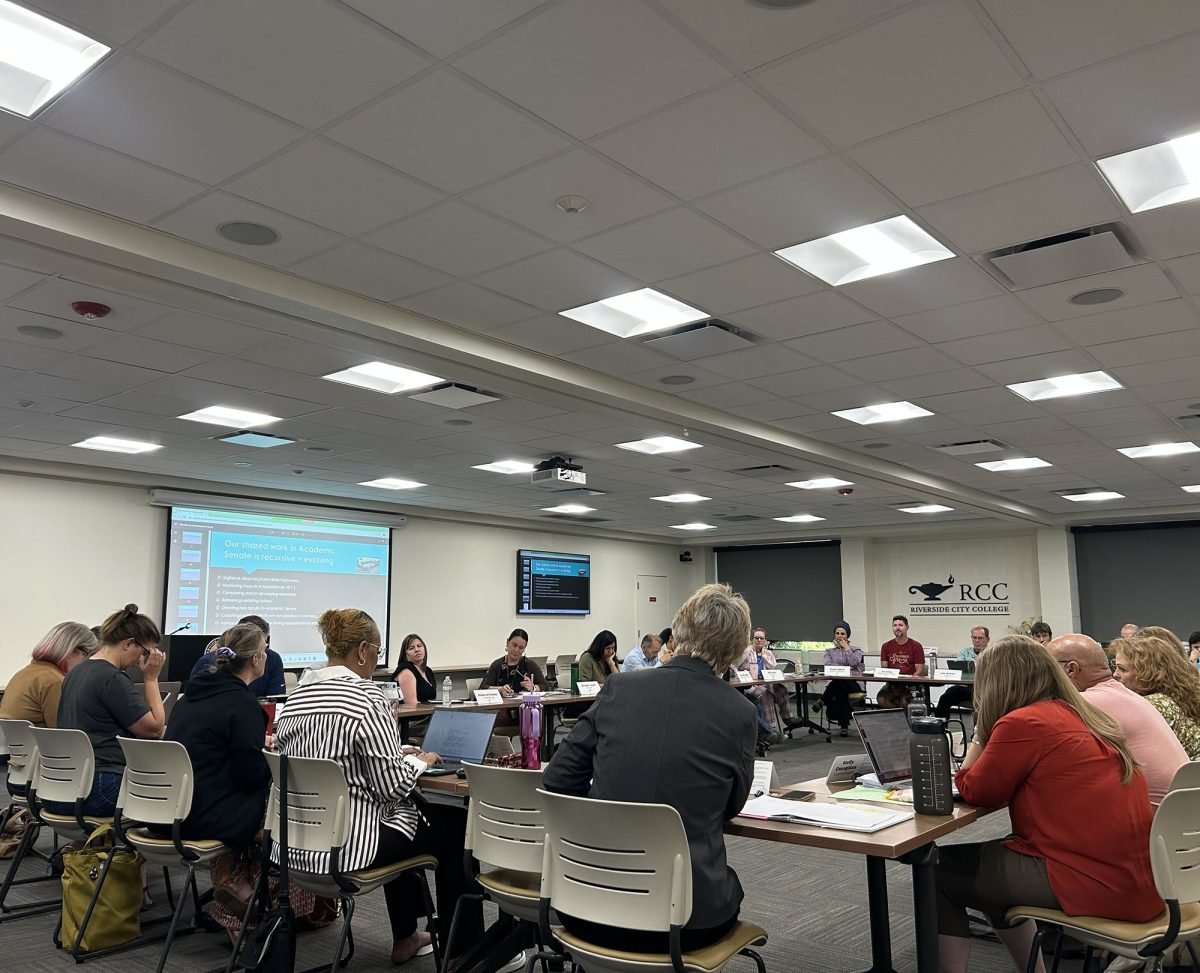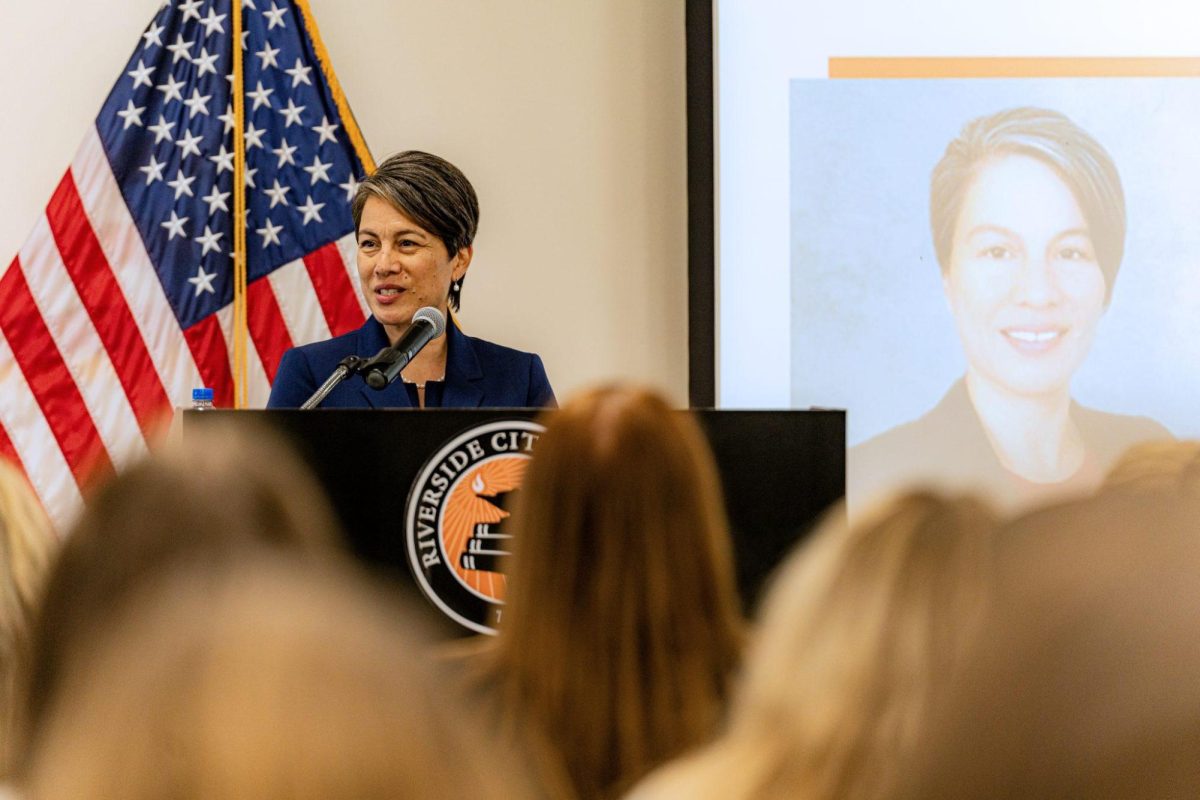By Staff Editorial
By Staff Editorial
Whenever state and federal governments start talking about budget crunches, it seems the first place they want to make cuts is education.
At Riverside Community College District the cuts always seem to come from programs and classes, as well as proposed hikes in tuition fees.
Students are taking the hit, while administration continues to thrive.
With the world becoming smaller and the global market becoming more competitive, a solid education is invaluable.
In the tough economic times California faces, education funding has been a subject of great debate. The projected $28 billion shortfall has caused lawmakers to scrutinize the administrative efficiency of schools at the elementary, high school and college level.
The importance of an education is evident as wages for non-college graduates gradually slip. It is important that our colleges run as efficiently as possible to ensure that students get the full benefit of education funding.
We audited reports from the California Community Colleges Chancellor’s Office, regarding how funds are used at the District, and the results showed some alarming trends. RCCD has one of the largest administrations of the state’s 72 districts.
The district currently ranks third in the state with 86 academic administrators, exceeded only by Contra Costa Community College District with three colleges and 122 academic administrators and Los Angeles City College District with nine colleges and 114 full-time, non-faculty administrators who see to the daily campus affairs.
The district has an administrator for every 130 students. San Diego and Los Rios with twice the enrollment of full-time students as RCCD, average only 70 administrators to oversee the four campuses in each district.
The district has on approximately 29 administrators for its three campuses.
Clearly, if Los Angeles City College District can be run by an average of 13 administrators per campus, there are funds being wasted in RCCD.
Every dollar spent on administrative costs is a dollar not spent where it matters most: in the classroom.
Questions must be asked about what the jobs of these administrators are and how many of them are redundant. If the district saved money by combining positions, that money could be used in more productive ways.
The district, while ranking 12th in full-time equivalent students, ranks 67 out of the 72 state districts in the amount of instruction by full-time faculty.
Only 47 percent of instruction is provided by full-time faculty. This raises some serious concerns.
Part-time faculty, do not receive the same extent of benefits as full-time faculty. They do not have an office and thus have no office hours for students.
The significantly lower pay for part-time faculty results in instructors working at as many as three different colleges to make a comparable living.
No teacher can be expected to give their students the best possible instruction when they must split their focus between several different colleges, courses and classrooms.
All these factors reduce a part-time faculty member’s available time for the instruction that is essential to a student’s success.
With the recent announcement that the Cal State University system would be cutting its enrollment at each college by 10,000 students, we can assume that more students will begin their education by attending two-year colleges. This increase in attendance will most certainly require more full-time instructors.
RCCD reported 348 full-time faculty in fall 2007. To reach the system average of 58.9 percent of instruction provided by full-time faculty, the district would be required to hire an additional 95 full-time teachers.
RCCD has a 32 to 1 ratio of students to full time faculty, and would need to hire 77 more full time faculty to meet the state’s student to teacher average of 26 to 1.
Students have the right to expect appropriate full-time faculty who are dedicated to providing quality time to educating their students.
The use of part-time faculty to avoid the added cost of benefits would not be necessary if the administration at the District ran efficiently.
On average RCCD’s 86 administrators make $118,000 a year. If the district were to reduce its administrative staff to the California average of 44, the college could spend the newly acquired funds to hire the necessary full-time faculty.
As suggested in the 2009-2010 budget, the cost of hiring 77 new full-time faculty members would be $5,769,342.
The estimated $4,959,528 that would be saved in wages by reducing academic administrators would cover the most significant portion of the expense.
We may not be economic experts, however, we are students who know what is missing when we walk into a classroom.
We are students who must wait two semesters to take a course because only two sections are being offered.
And we are students who must at times take classes taught by unqualified instructors because the college can’t afford to pay the right teachers.
There are many things that need to be fixed with the education funding for California Community Colleges. It wouldn’t be accurate to put all the blame for the funding issues on the academic administrators.
However, this is an aspect of the problem that directly affects students, and can be fixed locally without dealing with Sacramento bureaucracy.
Its imperative that the Board of Trustees reduce the size of the administrative staff and increase the amount of full-time faculty to the state average.


















